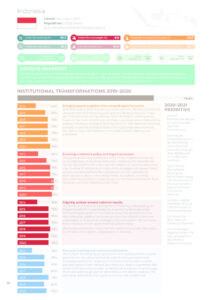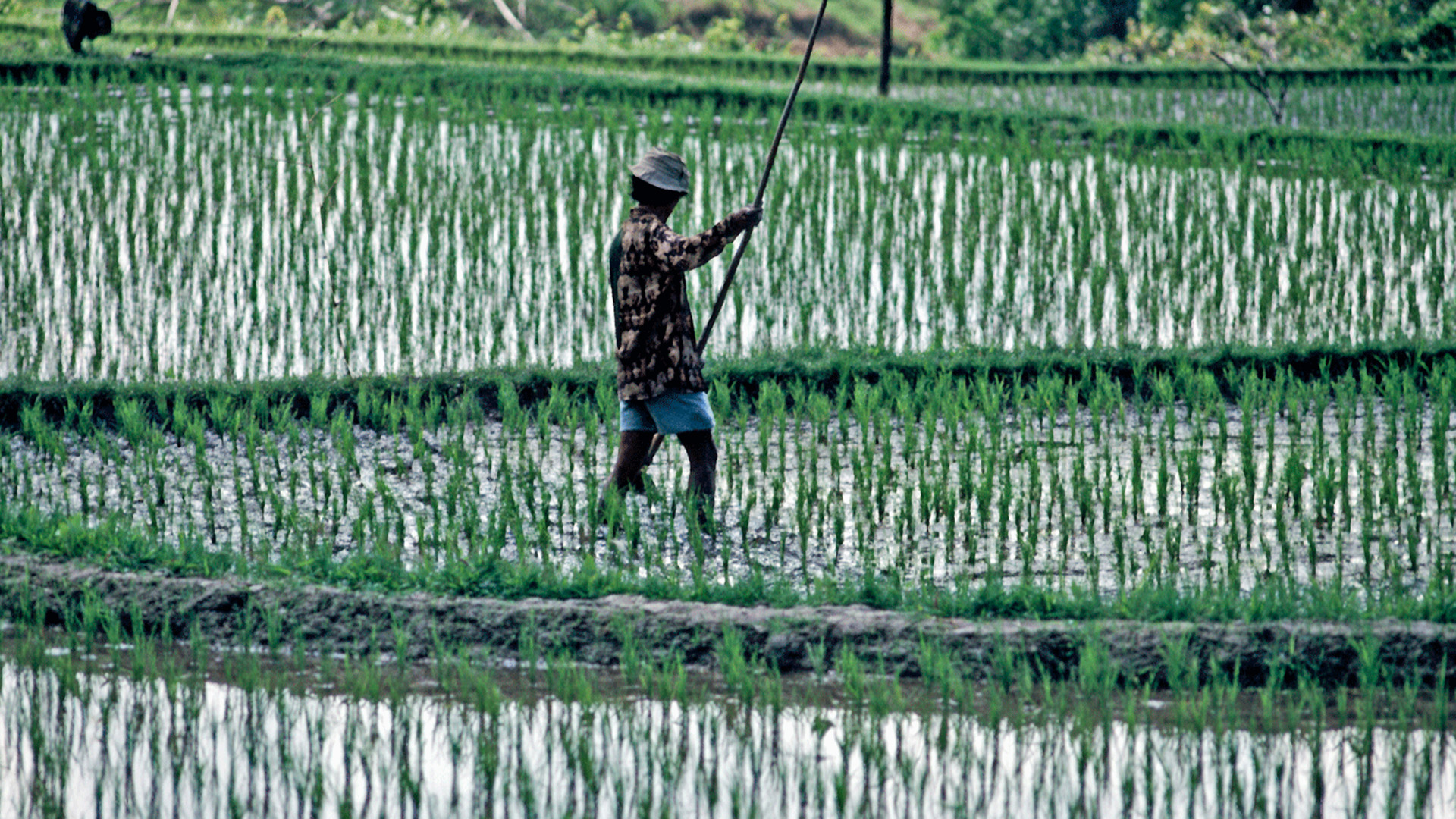Nutrition situation
Under five stunting (%)
30.5
Under five overweight (%)
8
Anaemia in women 15-49 years (%)
28.8
Under five wasting (%)
10.2
Low birth weight (%)
10
0 to 5-month-old exclusive breastfeeding (%)
50.7
Adolescent overweight (%)
Male: 14.9
/ Female: 13.3
Adult overweight (%)
Male: 25
/ Female: 31.2
Adult obesity (%)
Male: 4.8
/ Female: 8.9
Adult diabetes (%)
Male: 7.4
/ Female: 8
COVID-19 snapshot
The National Nutrition Committee has issued a guide for local Nutrition Cluster actions, including recommendations concerning breastmilk substitutes, guidance on nutrient-dense and fortified foods in food packs, and how to focus on the most vulnerable. The Secretary of Agriculture is championing healthier, plant-based diets.
Institutional transformations 2019-2020
Bringing people together into a shared space for action
SUN Networks coordinate their activities with the Ministry of National Development and Planning and have coordination forums. There are clear directives and guidelines from the highest political level, however the multi-stakeholder platform can improve in collaborating actions. Indonesia arranged Stunting Summit (the Rembuk Stunting process) at central and local levels and incentivises innovations at the district level. Participation in the SUN Global Gathering was prioritised.Ensuring a coherent policy and legal framework
The government formulated the Draft of the Presidential Decree on Acceleration of Stunting Reduction, replacing the Presidential Decree No.42/2013 with more specific targets on stunting reduction that involves 25 ministries or institutions, engages non-government sectors, and strengthens the coordination at the subnational level (province, district, and village level). In addition, stunting reduction has become a major project in the National Medium Term Development Plan (RPJMN) 2020–2024.Aligning actions around common results
The Ministry of National Development Planning is developing an integrated platform specifically for monitoring and evaluating the stunting program at the national level. The government has also utilised an application to ensure stunting-related actions are undertaken in thousands of villages. The new system will aim to be more inclusive of non-governmental stakeholders.The Food and Nutrition National Plan (RAN-PG) is under discussion to enhance cross-sector collaboration at all levels.
Financial tracking and resource mobilisation
The budget for stunting programmes is increasing and the central government has disbursed funding for stunting programmes to local governments. Aligning of activities and budgets is done between government sectors, but there is a need to coordinate this across SUN Networks in order to identify and address financial gaps. There are working groups for donations at the district level but the reporting and distribution systems are not well established.2020-2021 Priorities
- Launch Presidential Decree to institutionalise nutrition improvement.
- Develop an integrated system for monitoring and evaluation purposes through data dashboard on health and nutrition.
- Synchronise the national strategy on behavioral change communication to the sub-national level and involve civil society alliances.
- Conduct regular meetings among SUN Networks to monitor progress.
- Continue the discussion on conflicts of interest.
- Discuss budget tagging system for non-government sectors and subnational levels.
Download

